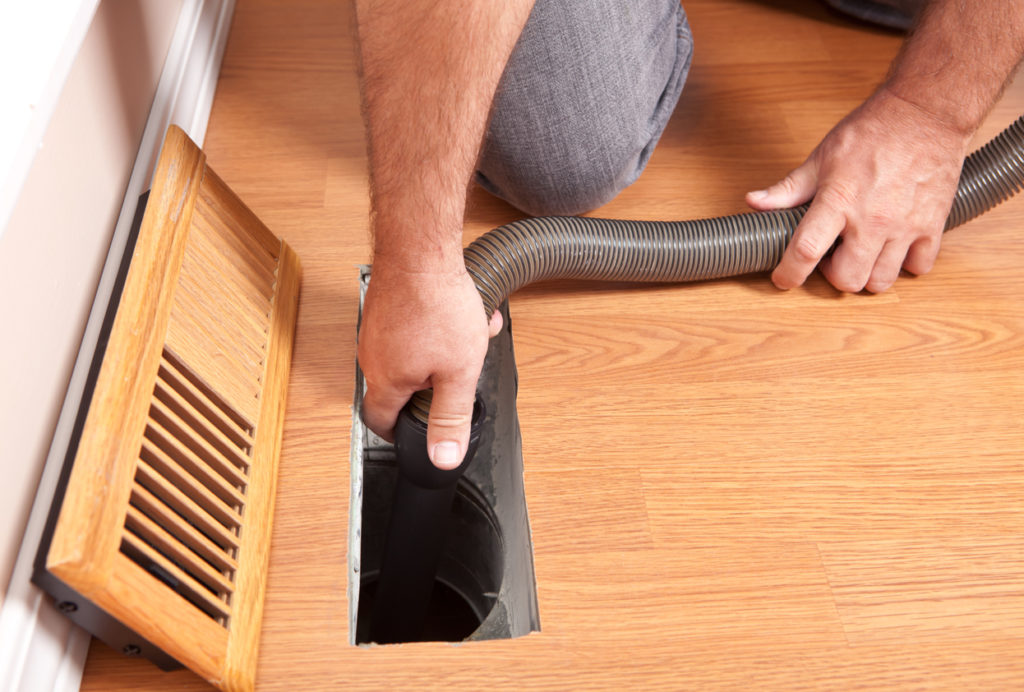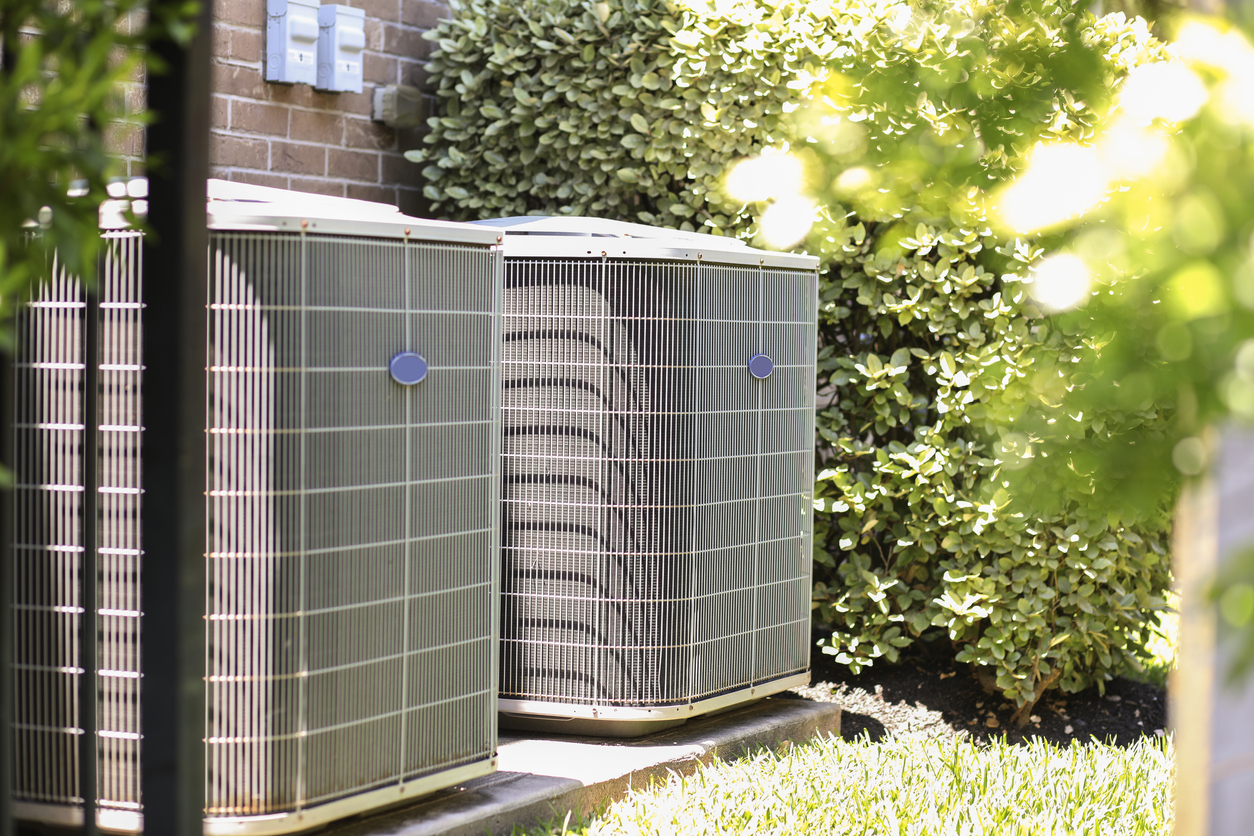The summer is a crucial time for AC performance. You want that HVAC unit working at full performance all summer long to keep your home comfortable. Of course, you can’t always control how old your HVAC is, or how well maintained it is. What you can do is learn about HVAC maintenance in order to beat the summer heat and keep your home AC unit in top condition. In fact, once you can fix and maintain your own HVAC, you’ll be able to keep everyone else’s AC blowing cold air all summer long.
Here at Southern Careers Institute, we’re all about learning essential skills that make life and professional development easier. HVAC maintenance is one of those great overlap skills that are useful at home and valuable on the market. Here are some great at-home HVAC tips to get started and help you stay cool this summer.
Safety Reminder: If you are going to open the HVAC unit cabinet or access any wiring, cut power to your AC at the breaker level.
1. Change Your Air Filter
Air filters need to be changed every one to three months, depending on your climate, air quality, and the filters you buy. If a filter clogs, the blower fans have to work harder, fewer unwanted particles are stopped, and the coils inside the AC can get dusty – which is bad for efficiency.
The easy solution is to keep a schedule and stock up on air filters. The good news is that air filters are usually more affordable when bought in multi-packs. Change your air filter regularly and become comfortable with swapping out the filter early if the house starts to get dusty.
2. Clean & Protect the Outdoor AC Unit
Most homes with central AC have an outdoor compressor unit which helps with the coolant cycle. The unit itself is mostly a giant fan protected by panels or a grate. Plants like bush branches and undergrowth can grow into the outdoor unit, or your outdoor unit may fill with loose leaves instead. Any time your outdoor AC unit is clogged, the entire system loses efficiency and your home may start to get warm in the summer.
To prevent this, simply clean out your outdoor AC unit and then protect it from further encroachment. It’s not unusual to build a small fence around the AC unit and to floor the space with gravel instead of grass.
3. Dust off the HVAC Coils
If you can safely access the inside of your HVAC unit, take a look at the coils. The coils are what coolant flows through to chill the air. However, cold coils gather condensation, making the coils damp. If dust then blows through the HVAC unit, it will stick to the condensate and form an insulating dust blanket between the very cold oils and the warm air. This is why the inside of some malfunctioning ACs looks like an iced-over freezer.
With the right brush for the coils, you can clean off dust, vacuum out the HVAC cabinet, and change the filter to keep your AC coolant coils at maximum performance.

Air Duct Cleaning by a professional. Check out my similar images:
4. Check the Blower Fans
The force and house-wide efficiency of your home’s HVAC depends on the blower fans. They force air past the cold coils. Then, they push air out into the ducts to blow with some force into each room. This means the performance of your HVAC blower fans will matter. Check on each fan to make sure the connections look safe and the blades are intact. Take this opportunity to clean the blower fan blades and housing. Remember to cut the power before opening the housing to ensure no dangerous accidents.
5. Weather Stripping and Window Caulk
During the summer, the heat comes in from every direction. The trick is not just keeping the heat out, but also keeping your cold air indoors. To do this, you’ll need to seal the doors and windows with weather stripping and caulk. Weatherstripping should typically be replaced every two to five years. Further, windows should be re-caulked any time they begin to rattle or show signs of gapping.
Combined with light curtains and closed-door summer policies, a little weather stripping goes a long way for both HVAC performance and energy efficiency as seen on your power bill.
6. Clean the HVAC Ducts and Vent Register
Every breath of cool air from your HVAC comes in through the duct and vent covers, or registers. You can clear out months and years of old dust particles and even old allergens with some DIY Duct cleaning. Take down your vent covers and clean them. You might even consider a fresh coat of paint. Then clean out your ducts or hire professional duct cleaning to remove old dust and any risk of mold from inside your ducts. Finally, return your vent registers or replace them with more modern and/or decorative models.
Duct cleaning ensures your home remains still air-balanced. Air-balancing occurs by measuring the PSI or air pressure coming out of each vent. Then iris vents are emplaced to allow or block airflow so that each room – no matter how close to the AC – gets the same air pressure from the AC
7. Upgrade or Program Your Thermostat
Get to know your thermostat. Every great home handy-person or professional DIY technician knows that thermostat care and good AC performance in the summer go hand in hand. If you know how and when to set your thermostat, you can “coast” efficiently through the cool nights and stay comfortable during at-home hours during the day.
Installing a smart thermostat makes this process easy. However, most people don’t even realize that their standard thermostat already has programmable settings.
8. Help Out the AC With Household Fans
Finally, help the cool air circulate. You can easily solve “cold spots” in hot rooms with a few ceiling fans, floor fans, and subtle table-top fans throughout the house. If you want to keep your home comfortable, indoor fans are the perfect efficiency boost for your HVAC system. As your AC generates cold air and ships it to rooms around the house, internal fans can help blend the cool air so that each room reaches a more pleasant uniform temperature.
Learn HVAC Maintenance and Repair Skills at Southern Careers Institute
Whether you’re learning to build a career in HVAC repairs or just to make sure your family is always safe and comfortable in the heat of summer, you can learn HVAC maintenance skills at the SCI. Here at the Southern Careers Institute, we are passionate about putting access to knowledge and skills in your hands. If you want to learn more about HVAC, SCI can help you gain the skills needed for a new career.
Find out more about our programs at SCI’s campuses. Contact us today.
This article was published on: 07/19/22 1:39 AM
* SCI does not guarantee employment or a starting salary upon graduation, completion, or withdrawal from SCI. As an accredited post-secondary institution, SCI has various federal financial assistance programs available for students who qualify and are enrolled in SCI programs. This does not apply to seminar students.
GI Bill® is a registered trademark of the U.S. Department of Veterans Affairs (VA). More information about education benefits offered by VA is available at the official U.S. government Web site at http://www.benefits.va.gov/gibill.

